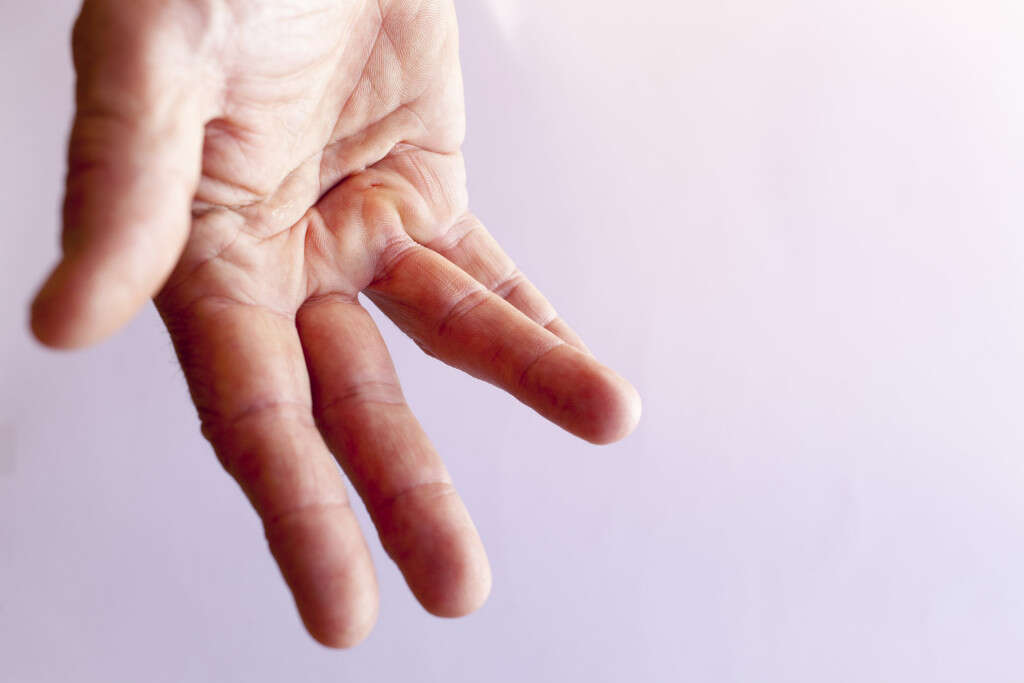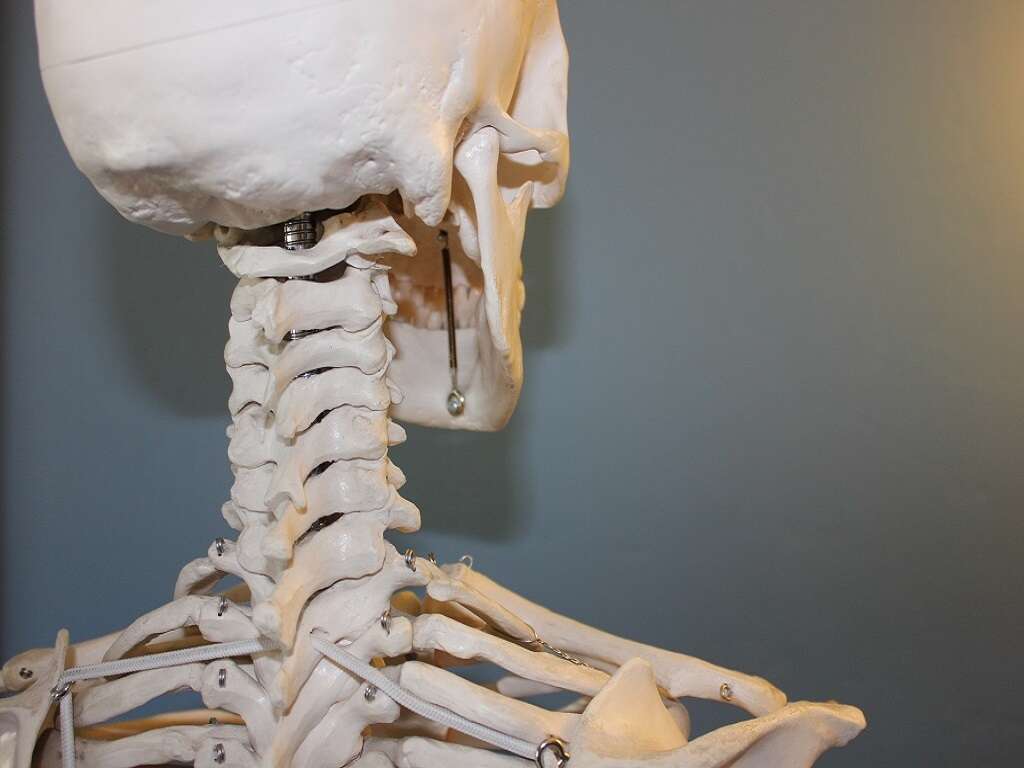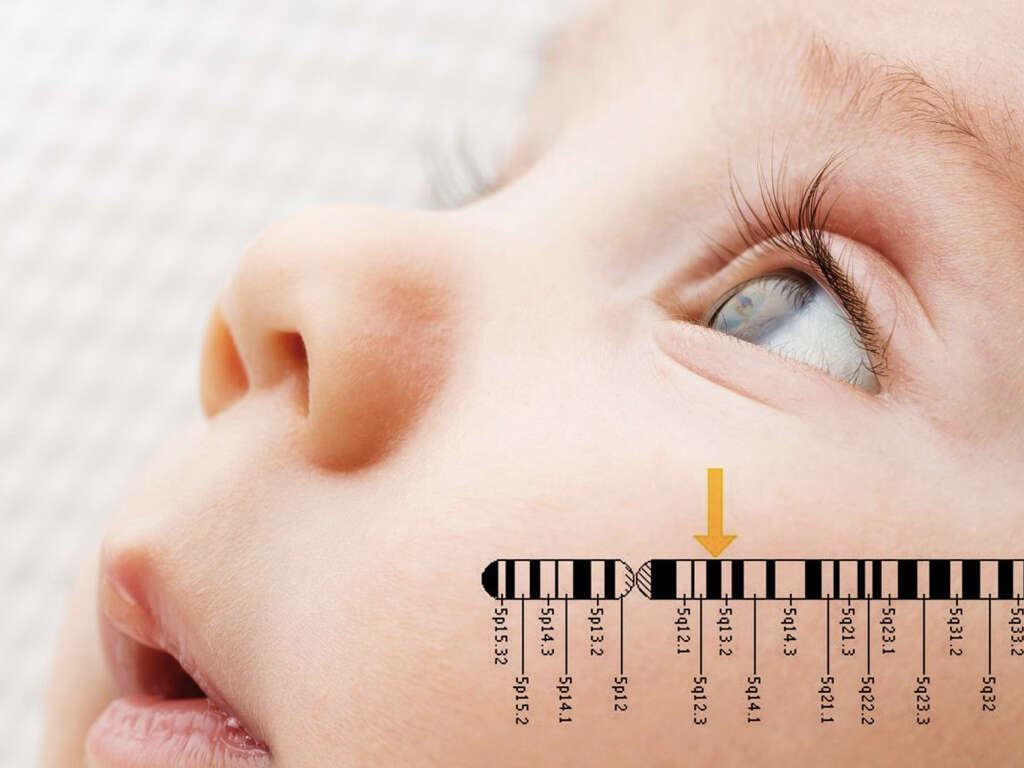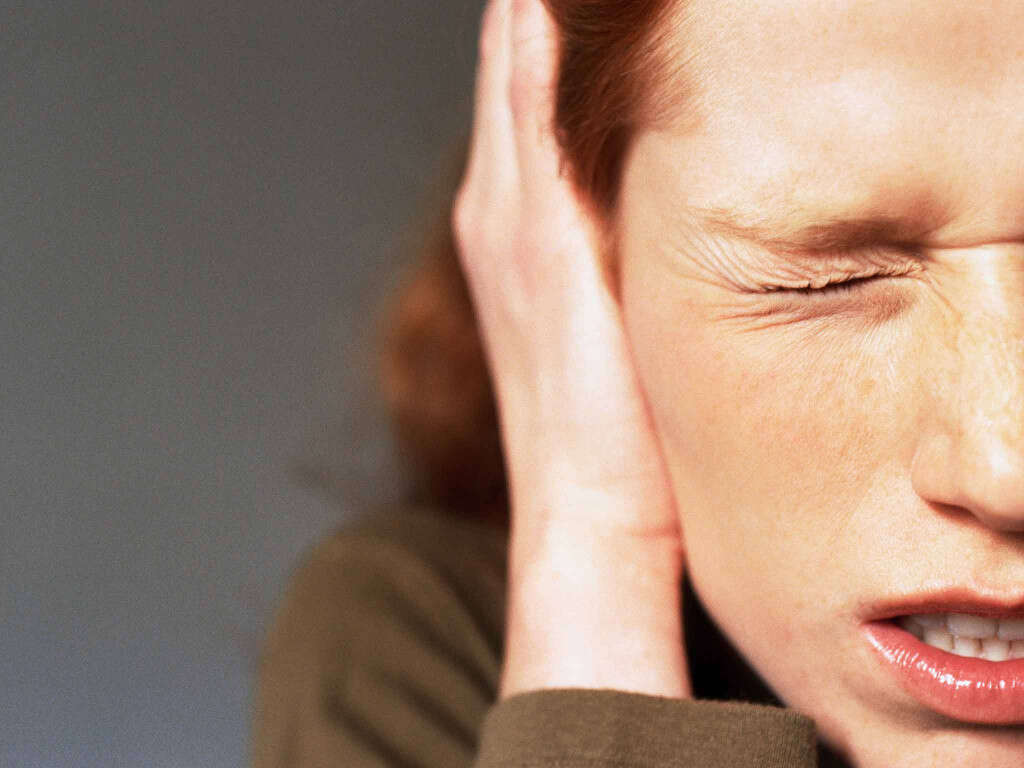10 Symptoms of Cerebral Palsy
Cerebral palsy refers to a group of permanent movement disorders that are often seen in early childhood. Cerebral palsy is usually caused by damage to parts of the brain or due to abnormal development. This affects the balance, movement, and posture of the patient. Most patients with cerebral palsy occur during pregnancy or during or after birth. While most causes of cerebral palsy are unknown, the risk factors include preterm birth, twin pregnancies, infections during pregnancy (such as rubella or toxoplasmosis), difficult delivery, exposure to methylmercury, trauma to the head during early years, and more.
Approximately 2 percent of cases have been attributed to an inherited genetic cause. Cerebral palsy can be generally classified into various sub-types such as spastic cerebral palsy (stiff muscles), ataxic cerebral palsy (poor coordination), and athetoid cerebral palsy (writhing movements). The diagnosis of cerebral palsy is based on the observation of the child’s development. Medical imaging and blood tests can be beneficial to help rule out other causes. Some cases of cerebral palsy can be preventable by recommending immunization to mother and preventing head injuries in children.
While there is no cure for cerebral palsy, medications and supportive treatments can be greatly beneficial. Efforts include speech therapy, physical therapy, and occupational therapy. Medications like botulinum toxin, diazepam, and baclofen can help reduce spasticity and relax muscles. Surgery can be performed to cut excessively active nerves and to help lengthen muscles. There are some cases where patients can live near normal lives with the appropriate treatment. Cerebral palsy is the most common movement disorder in children with about 2.1 per 1,000 live births.
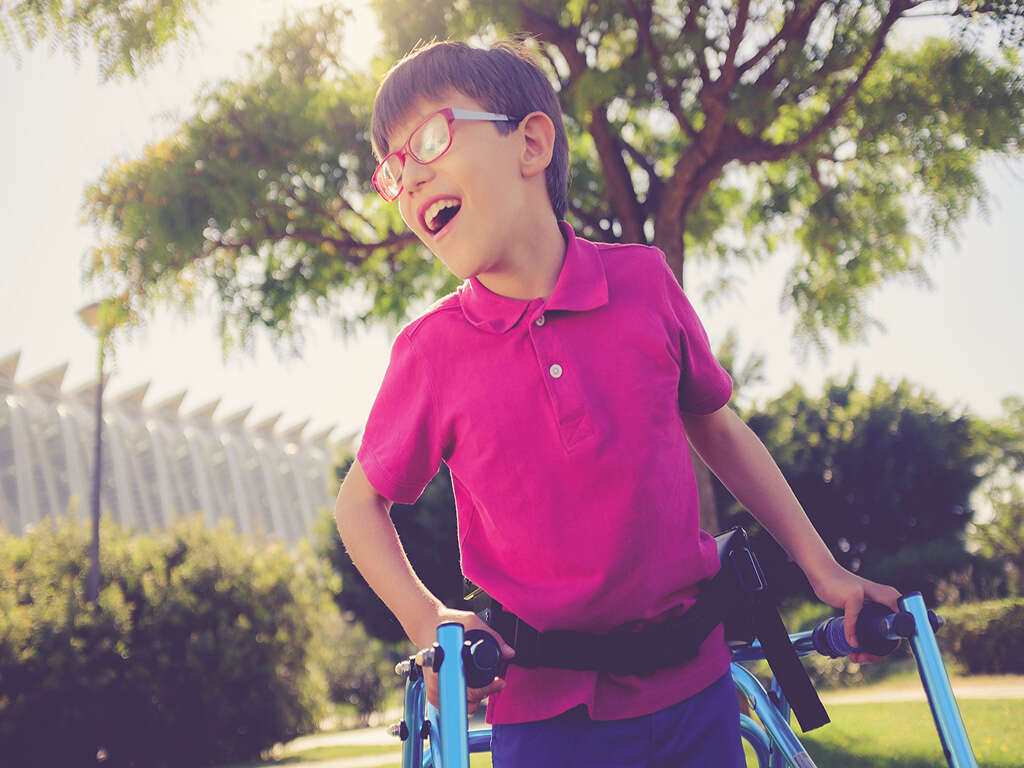
Symptom #1: Stiff Muscles
Stiff muscles or spasticity occurs when there is a combination of increased tendon reflex activity, paralysis, and hypertonia. It refers to unusually tight or stiff muscles. It can result due to the loss of motor neuron inhibition which leads to excessive muscle contraction and hyperreflexia. Stiff muscles or spasticity are often seen in spastic cerebral palsy.
In mild to moderate spastic muscles, exercise should be recommended as the main management with help from an accredited occupational, physical, or exercise therapist. Additional interventions may include serial casting, icing, sustained stretching, and more.

Symptom #2: Tremors
Tremors are rhythmic and involuntary muscle contractions that result in twitching or oscillations of one or more body parts. It is one of the most common involuntary movements and can affect the vocal folds, hands, eyes, arms, face, head, legs, and trunk.
Tremors can be caused by traumatic brain injury, stroke, multiple sclerosis, neurodegenerative diseases, use of drugs, withdrawal, liver failure, hyperthyroidism, and more. Tremors are most commonly seen in ataxic cerebral palsy which is most noticeable especially when the patient is trying to carry out precise movements such as writing or tying shoe laces.

Symptom #3: Visual Issues
Studies have found that as many as 75 percent of children with cerebral palsy suffer from some degree of visual impairment. One of the most common visual impairment is known as cortical visual impairment where patients experience abnormal responses to light, visual fatigue, and unusual eye movement.
Patients may also experience acuity loss (nearsightedness and farsightedness), field loss (impairment in some field of vision), and amblyopia (also known as “lazy eye”). Amblyopia can cause difficulty in processing depth of field. Treatment includes prescription of glasses and vision stimulation therapies.

Symptom #4: Delayed Milestones
Milestones refer to the developmental achievements in early childhood. Children are able to hold up their head at 2 months, roll over at 3 months, sit at 6 months, stand at 9 months, walk at 12 months, and more. Children with cerebral palsy may experience delayed milestones or failure to meet milestones within the reasonable time. Many children are diagnosed after evaluation of the developmental delays.
A full evaluation may involve a developmental specialist, psychologist, and neurologist. Although developmental delays are characteristic of cerebral palsy, the involvement of physical therapists, psychologists, and education specialists can help improve child development. Earlier intervention usually means better results.

Symptom #5: Seizures
A seizure is an electrical surge in the brain that may be caused by chemical changes in nerve cells resulting in convulsion of the body and possible loss of consciousness. While seizures are common in children with cerebral palsy, it is important to know that not all will be affected by it.
Children with cerebral palsy usually experience partial and generalized seizures. Generalized seizures affect the whole brain while partial seizures affect only part of the brain.

Symptom #6: Chorea
Chorea refers to involuntary movement where there may be irregular and brief movements. Described as “dance-like” movements were there is twisting and writhing movements, cerebral palsy patients who have chorea can find it a challenge to walk or go through their daily activities.
Chorea is a hyperkinetic movement disorder. When serious, even slight movements can become thrashing motions. Besides cerebral palsy, chorea is also seen among patients with Huntington’s disease. In cerebral palsy, these movements may increase during periods of excitement and emotional stress.

Symptom #7: Dysarthria
Dysarthria refers to a condition where the affected individual has difficulty articulating because of muscle spasticity, paralysis, or emotional stress. The speech systems such as the resonance, phonation, respiration, articulation, and prosody can be affected.
This can affect the efficiency, intelligibility, naturalness, and audibility of vocal communication. In cerebral palsy, dysarthria results from the neurological damage causing difficulty controlling the tongue, lips, throat, and lungs. It can also be accompanied by swallowing problems.

Symptom #8: Hypotonia
Hypotonia refers to low muscle tone causing the muscles to be abnormally relaxed or “floppy”. These hypotonic muscles can lead to difficulties with movements. It can also be exhausting as more effort is required to reach milestones such as crawling and standing. It is important to note that hypotonia does not mean that there is lack in strength but rather a neurologic impairment.
Children with hypotonia have trouble with instability. Some issues they may face include poor head control, lax ligaments or joints, difficulty breathing, delayed motor skills, impaired mobility, poor balance, and difficulty sitting or standing. One of the most effective options for managing patients with hypotonia are custom made braces.
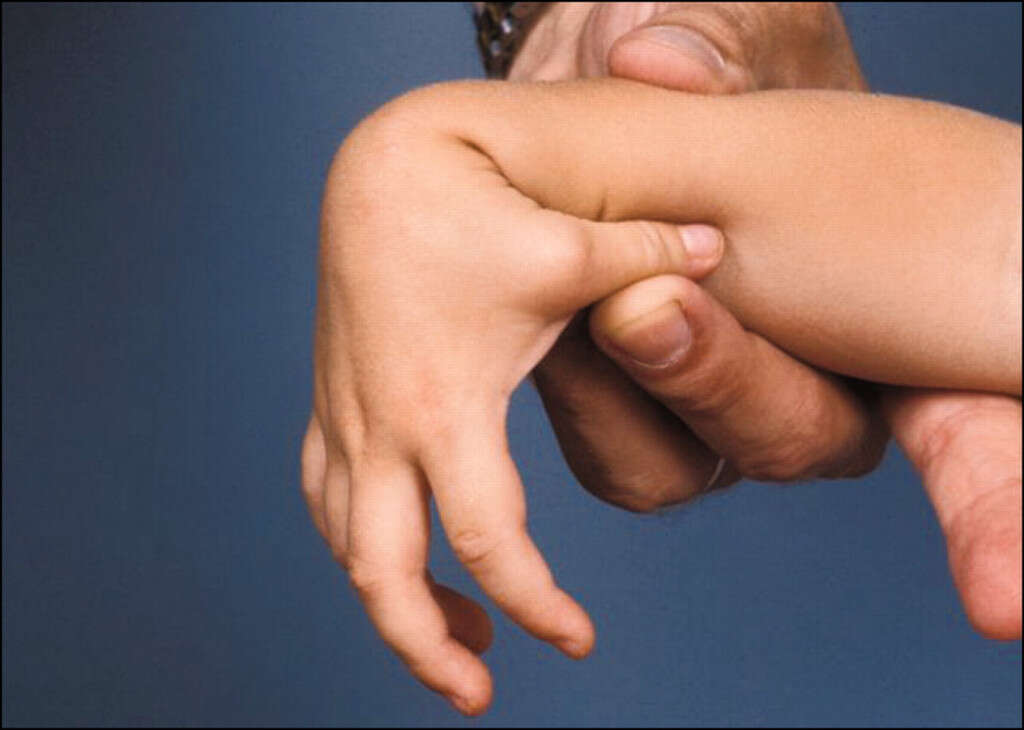
Symptom #9: Ataxia
Ataxia refers to lack of voluntary coordination of muscles where it can affect speech, gait, and other movements. Ataxia usually occurs when there is dysfunction of the cerebellum or other parts of the nervous system that plays a role in movement coordination.
Patients with cerebral palsy who have ataxia usually appear to have movements that are unstable, clumsy, or imprecise. There can be tremors or inaccurate movements, wide based gait, and affect the speech and swallowing.

Symptom #10: Joint Contractures
Muscles usually work in pairs where one relaxes and the other contracts. In children with cerebral palsy, hypertonic spasticity can cause shortening or tightening of the joint. When the muscles are shortened, the joint can become fixed in one position. Joint contractures are mostly seen among patients with spastic cerebral palsy.
Some of the affected parts of the body include the shoulders, hips, hands, wrists, elbows, feet, back, and jaw. Left untreated, it can result in extreme pain and even bone fractures. To prevent joint contractures, joint mobilization and stretching can be performed with the guidance of a qualified therapist.
